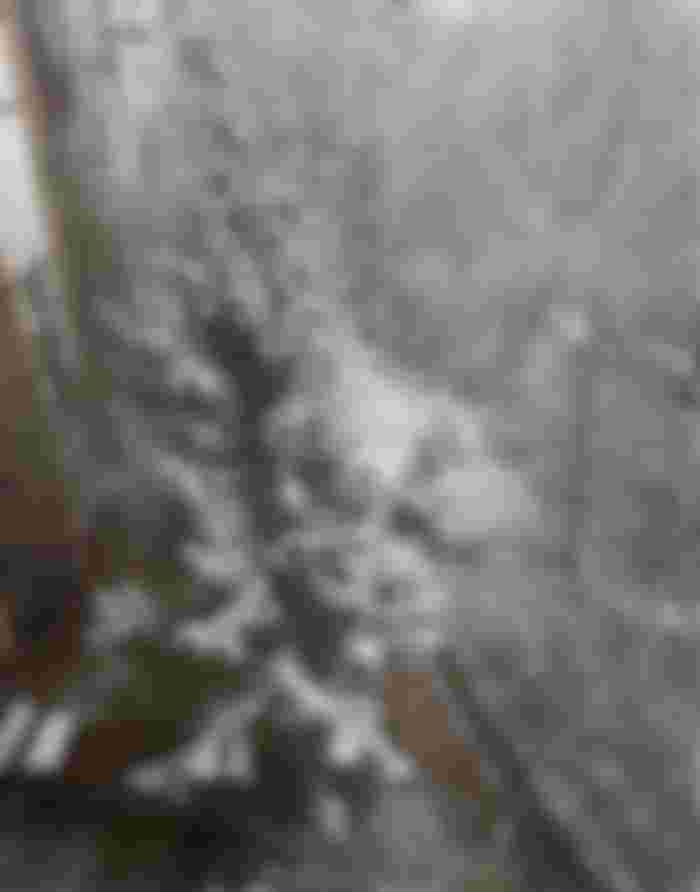Hello my dear friends. I don't know what the weather is like with you, but believe me, it's really winter with me, it's actually snowing...The first in this part of the year. Today I am going to write to you about how snowflakes are formed.

Do you know how snowflakes are formed for some people, the most beautiful (romantic) winter joy? If your answer is “no” it’s time to find out! Snowflakes - snow crystals form in cold clouds, high above the ground ...
At very high altitudes, where the temperature drops to −40 ° C, water vapor floating in the clouds can suddenly freeze into ice crystals.
American scientist Wilson Bentley determined that each adjacent snowflake is unique, ie. unique and has its own special shape that depends on the temperature at which it was created. For example, snowflakes at a temperature of -2 ° C have an unusual triangular shape. They have the most beautiful shapes when ice crystals grow quickly, e.g. as water droplets pass through the storm cloud.
In lower clouds, where it is warmer, when the temperature drops to zero, water vapor can slowly freeze around the particles caused by the wind. Although the snow looks impeccably clean, it has been shown that most snowflakes form around pieces of earth that the wind carries into the sky (water vapor can also freeze around smoke particles).
Namely, with the help of very strong microscopes, hidden particles were discovered in the center of the snow crystals. In one study, the scientists found that 75% of the crystals they examined grew around tiny pieces of clay. Therefore, snow crystals are often particles of earth covered with ice.
There are four basic forms of snow crystals. The simplest ones have the shape of long pointed needles, and all three remaining basic shapes are hexagonal - they have six sides each. Some are like long hollow pillars, in the shape of a hexagonal prism, some like thin flat hexagonal plates, and some like a complicated six-pointed star.
The basic shape of snow crystals depends on the temperature at which they are formed. The higher the altitude at which the cloud is located, the lower its temperature. Above the highest clouds, the air becomes thinner and thinner, until it gradually passes into the cold emptiness of space.
Clouds of cirrus, which hover in the air at high altitudes and whose temperature is around −35 ° C, are completely composed of vertically arranged ice crystals glistening in the sun.
Crystals of different shapes are formed at different temperatures: when the temperature in the clouds is approximately −3 ° C to −0 ° C, tiles are formed; from −5 ° C to −3 ° C needles appear; from −8 ° C to −5 ° C columns; from −12 ° C to −8 ° C again tiles. And then, from −16 ° C to −12 ° C, the first star shapes grow. If it continues further, to temperatures significantly lower than zero, tiles, columns and other shapes change.
Most snowflakes have a diameter of about 2cm. However, under certain circumstances, snowflakes larger than 5 cm in diameter can also form. This requires air temperatures around zero, light wind and an unstable atmosphere with a directed flow of liquids and gases.
At the ends of crystal pillars formed in high clouds, at very low temperatures, stars can rise when they fall through warmer clouds. Therefore, just as it is possible to detect how a hailstorm moved from the cross section of a city ball, so the shape of snow crystals is a natural record of the temperature of the clouds through which the crystal passed when it fell.
Each snow crystal is different from the others, it has its own amazing structure. If you look at the snow crystal, you can see the patterns in the patterns, the stars in the stars. When snow crystals rise, become heavier and fall to the ground, their shape changes.
If they spin like terns as they fall, they can be perfectly symmetrical. But if they roll over in the fall and fly in all directions, in the end they have an irregular shape. Falling crystals adhere to each other forming snowflakes. Each snowflake contains from two to two hundred special snow crystals.
If the temperature below the clouds from which the snow falls is lower than 0 ° C, the snowflakes can melt in the fall and turn into rain (in fact, the rain that falls often starts on the road like snow). However, if the air is cold enough, the snowflakes will reach the ground and cover it with a white blanket.
When found on the ground, snow crystals (snowflakes) gradually lose their subtle shapes and become round and shapeless. Therefore, whoever wants to see snowflakes in all their beauty should collect them on a glove or a dark cloth as they fall from the sky.
Finally, a little interesting: The largest measured snowflake fell in 1887 in Montana (USA), it was 38 centimeters wide.
There is also no snowflake of the same size and "pattern", that is, shape! Watch a "time-lapse" video where you can watch the formation of a single snowflake
Thank you for reading my article ... I hope that you enjoyed ...
I send you a big greetings!

That video fascinated me more than the reading 😂😂😂 i want to see real snowflakes and put them under my microscope ;;-;; i bet it would be cool af